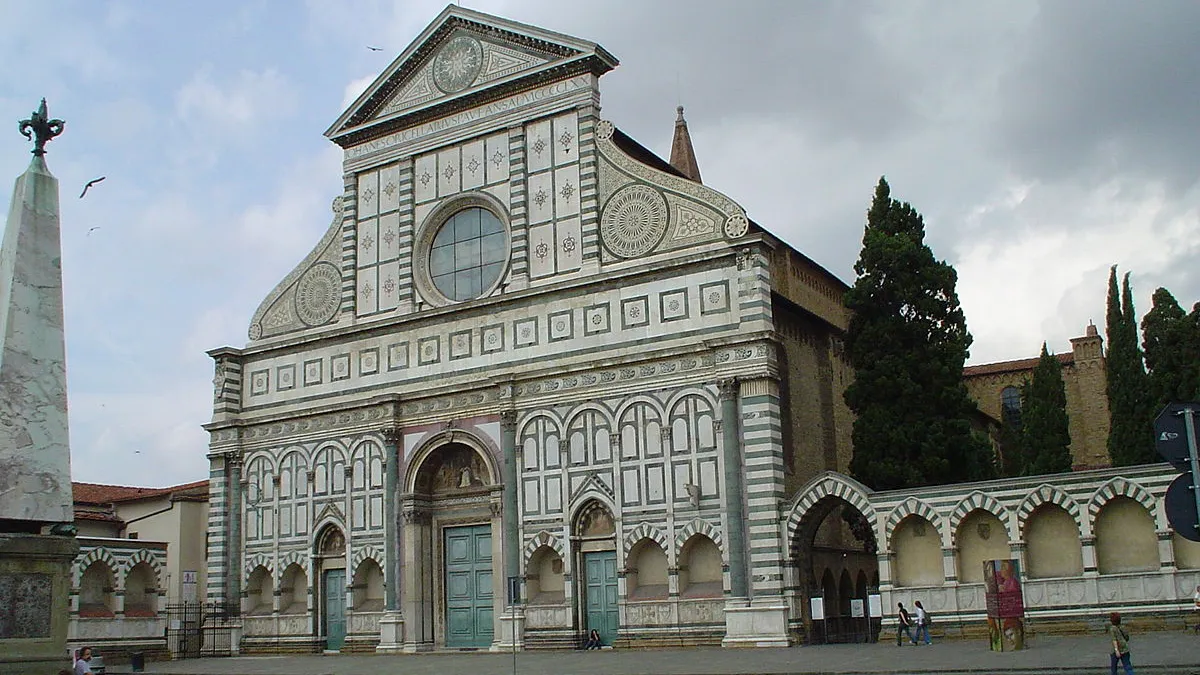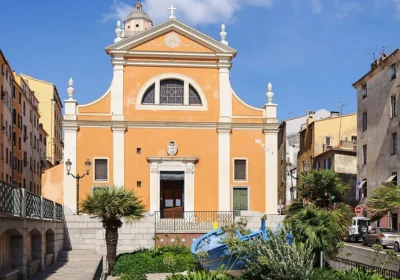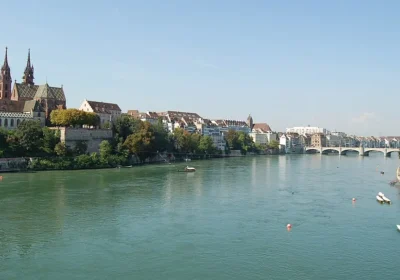Renaissance in the design of churches and cathedrals.
Tours of Florence are exclusively pedestrian, due to the restrictions on transport to the historic zone of the city, where most of the sights are concentrated.
Florence begins to gather adherents of the humanist movement, thinkers and artists, who through their own works openly express the thoughts, feelings and views of their contemporaries.
In the language of the works of the Florentine literati of the XIV century Dante Alighieri and Boccaccio spoke the famous political and cultural figures of the city-republic.
In the period of the Medici dynasty from 1434 young talents and renowned figures of culture and art come to Florence to study and work. Under the patronage of Cosimo de’ Medici, schools, academies and workshops are opened. The Academy of Plato, founded in 1462, became the spiritual centre of the new European culture.
In the Renaissance period, the following artists and architects worked in the city-public: Giotto di Bondone, Michelangelo Buonarroti, Sandro Botticelli, Filippo Brunelleschi, Leonardo da Vinci and others.
Florence was one of the first sites included in the UNESCO heritage list, where to this day a third of the world’s important works of art are concentrated.
On this tour you will visit:
.

















